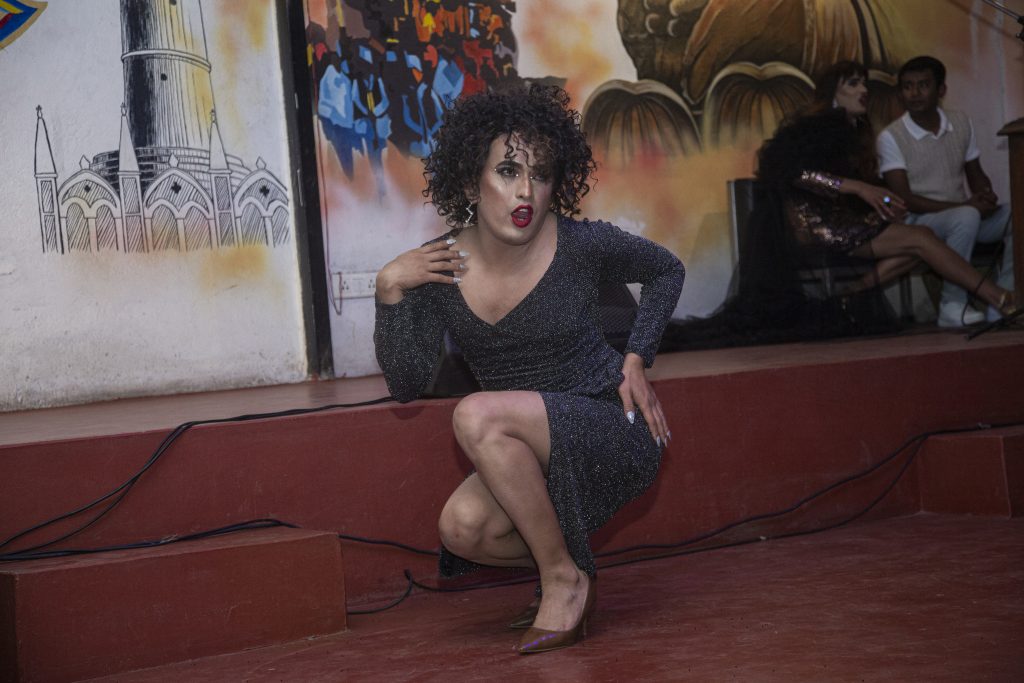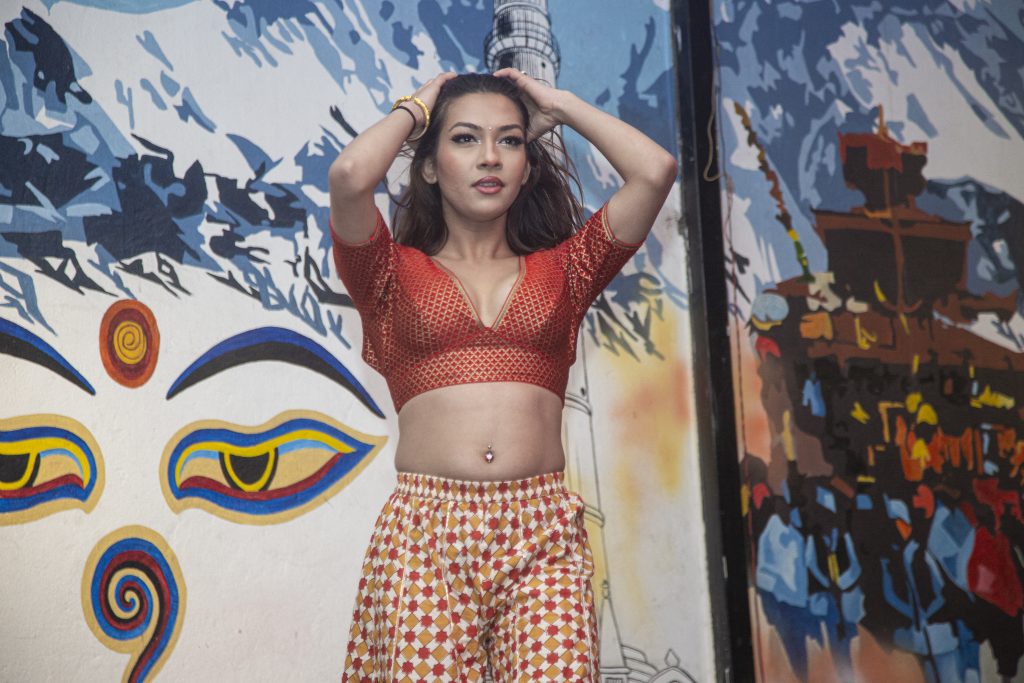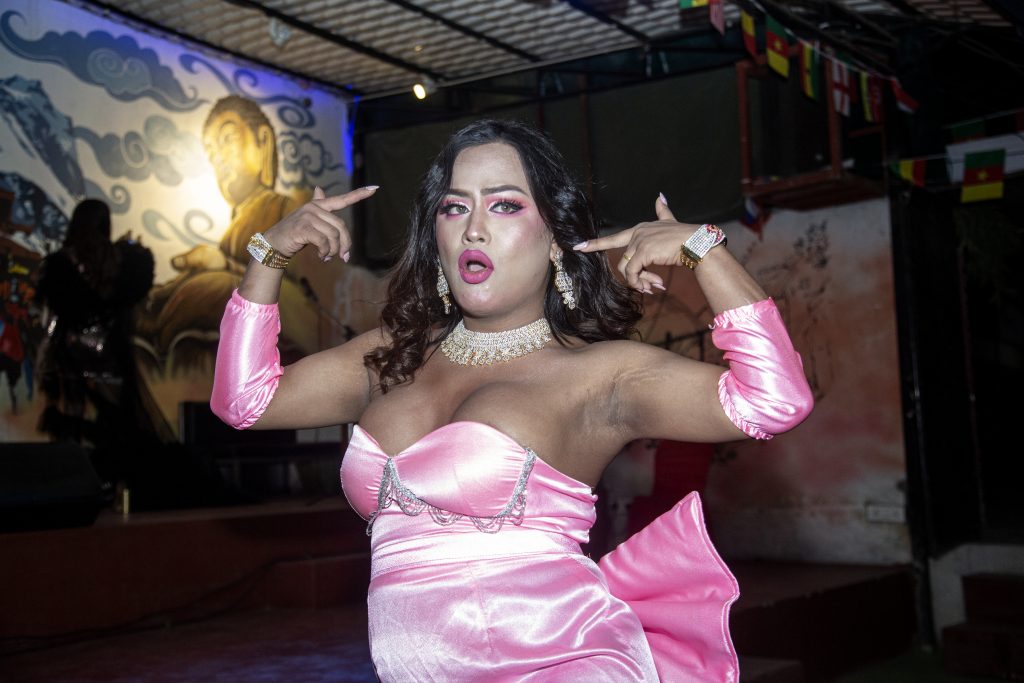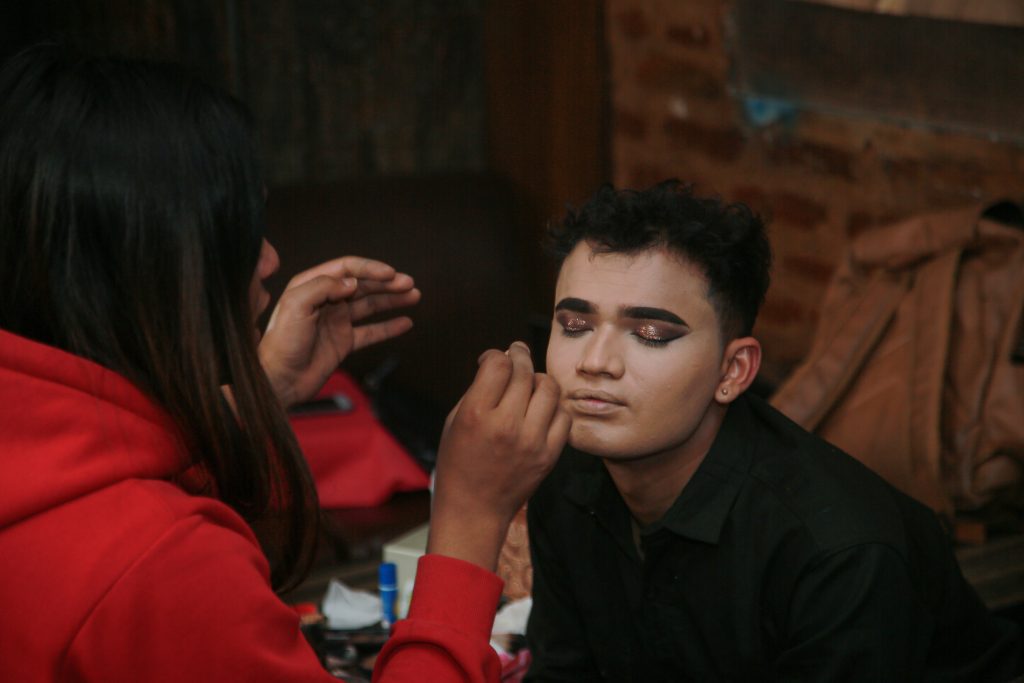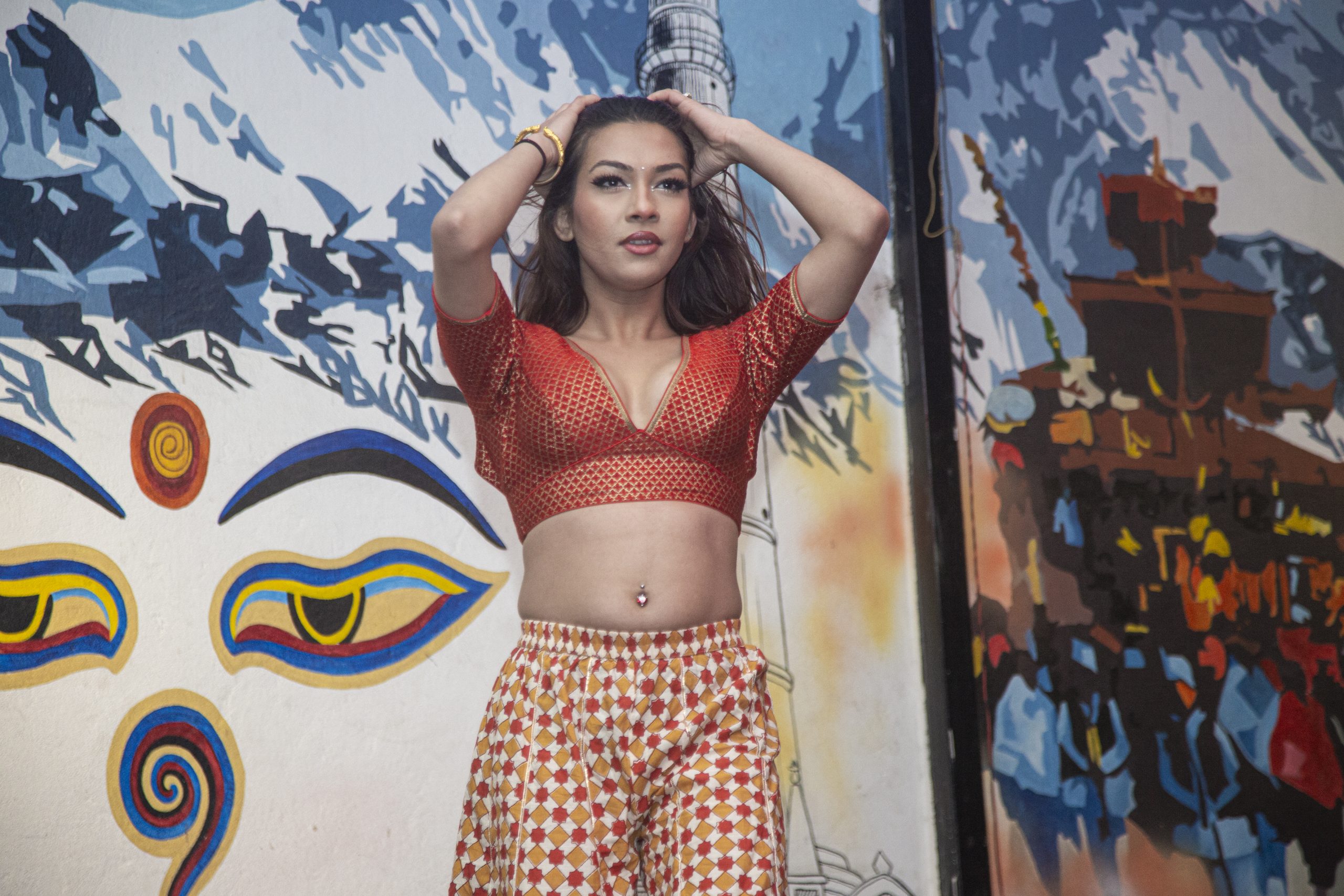Kathmandu,
Drag is a form of entertainment where people dress up and perform, often in a highly stylized manner. The term originated as British theater slang in the 19th century and was used to describe women’s clothing worn by men.
Today, many famous drag performers are still people who identify as men and present themselves in exaggeratedly feminine ways as part of their performances, and are known as drag queens.
While some drag queens live as men outside of their drag persona, people of any gender can be drag queens. Drag kings, who wear men's clothing and exhibit stylized forms of masculinity, are less common, but do exist. Most drag kings are women, but people of any gender can be drag kings.
As part of their performance, many drag queens and kings have a separate drag persona in addition to the self they live as each day. This personality will certainly look different, but may also have a different name and may ask to be referred to by different gender pronouns.
It doesn’t mean they are transgender. Just as actors don’t keep referring to their characters by name after they step off stage, drag performers don’t keep the names or pronouns they use while performing. Drag performers are performers and entertainers, so being in drag is not as integral to their identity as gender is.
In Nepal we have drag references like Tharu Jhumra dance, Maruni dance but in Nepal they don't have any platform for drag as a performance, so Ayan Poudel, owner of a gay tour company in Queermandu has organized it to change something and help people understand.
Temple Tree Restaurant Bar & Lounge will donate 20% of their sales profits to the drag beauty queens at this drag performance.
